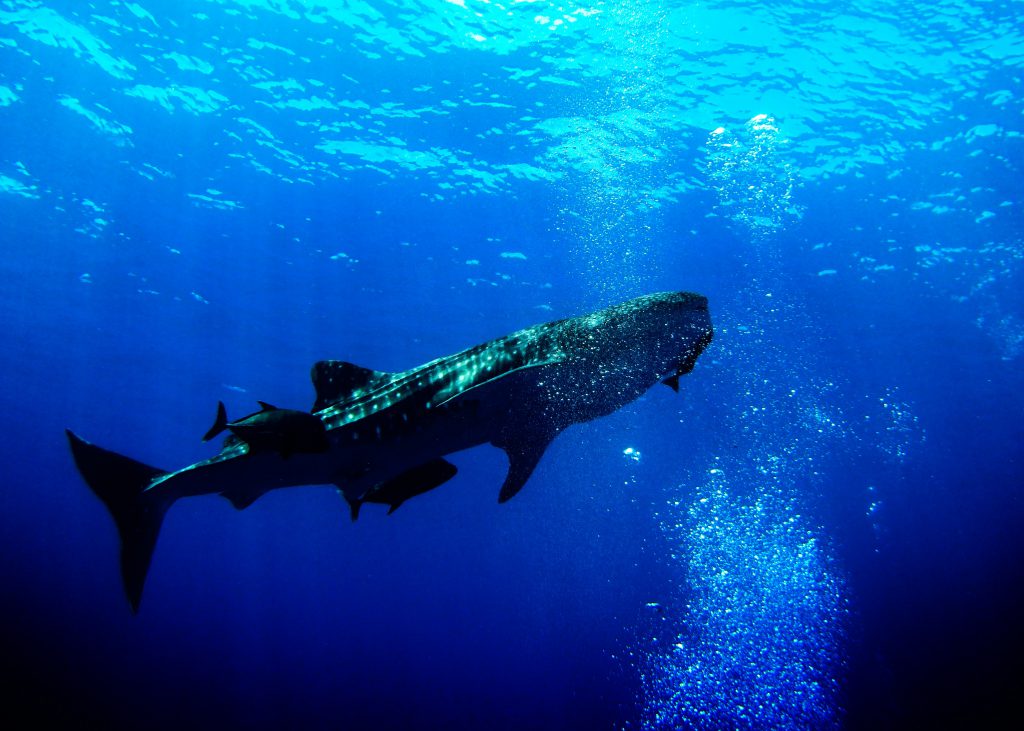Most microorganisms, like bacteria, viruses, and fungi, have harmless and even beneficial interactions with humans and animals, but some can cause disease. Humans have devised many ways to prevent and cure infections caused by microorganisms, ranging from antimicrobial drugs to herbal treatments and vaccines. However, treating infections is becoming more challenging.
Antimicrobial resistance is what happens when microorganisms evolve ways to become immune to antimicrobial drugs that could previously kill them. The resistant microorganisms, also called superbugs, are more difficult to treat. This sometimes requires stronger or larger doses of medication. As more disease-causing microorganisms evolve resistance, it is becoming increasingly urgent to understand exactly how antimicrobial resistance occurs and develop ways to mitigate its effects.
Perhaps surprisingly, scientists have been able to find insights into antimicrobial resistance in an unlikely place: stranded cetaceans, or live sea animals that have washed on shore. Cetaceans are large aquatic mammals that require air to breathe. This group includes whales, dolphins, and porpoises. They can act as a link between ocean and human health, often signalling the emergence of new diseases and showing how pathogens evolve over time.
Scientists can gain insight into these patterns during stranding events. Cetaceans may get stranded on beaches for a number of reasons, including old age, disease, and harmful interactions with humans. When they get stuck on shore, scientists can take samples of the microorganisms that live in their bodies. This is usually done by swab testing, extracting blood samples, and/or collecting the animal’s exhalations on a sterile Petri dish. Then, depending on its overall health, the cetacean may be rehabilitated and released back into the wild.
A 2018 study at the University of the Philippines Institute of Biology used this technique to look at the antimicrobial resistance patterns in cetaceans stranded on Philippine shores. The researchers collected 23 samples of bacteria from 9 stranded cetaceans at different locations in the Philippines and tested whether they were resistant to different kinds of antibiotics.
The study found that more than half (67%) of the bacteria tested showed resistance to one or more antibiotics. Three of these bacterial isolates were resistant to half of the antibiotics: P. mirabilis, which while normally non-pathogenic can cause UTIs, and the Vibrio species, several of which can cause infections such food poisoning and cholera.

Vibrio, a type (genus) of rod-shaped bacteria. Some Vibrio species cause a disease called cholera in humans. Source: Tina Carvalho NIGMS
Most of the resistances were against cefazolin, which is used to treat illnesses like urinary tract infections and pneumonia. Species were found to also be resistant to erythromycin, which is used to treat respiratory tract and skin infections. No bacteria were resistant to ciprofloxacin, which is mostly used to treat serious infections.
The results of the samples taken from the external body parts, such as the blowhole and anal areas, were consistent with those taken from internal body parts like lungs and the liver. The scientists then concluded that cetaceans must have already been carrying the bacteria by the time they were stranded on shore.
The report suggests that bacteria in marine animals are becoming more resistant to commonly used antibiotics. Researchers have attributed this, in part, to the improper use of antibiotics in animal production — for instance, the use of antibiotics as growth supplements in fish farms. However, there is not enough research detailing how prevalent these practices are, thus making it hard for us to pinpoint them as a cause for the development of AMR.
AMR has been identified as a major challenge to global public health. Studies such as this one highlight the importance of evaluating the way we use antibiotics — not just for their efficacy for human use, but also for the impact they can have on wildlife.


